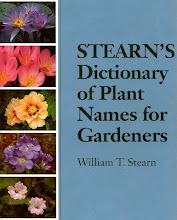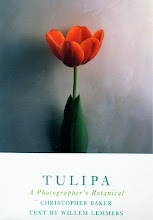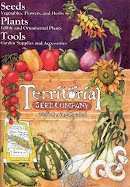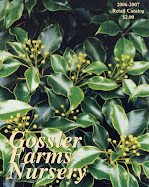These photos were taken in Sodo in November 2014. Sodo stands for south of downtown & is also spelled SoDo & SODO. It is the part of the Duwamish Industrial Area south from the Stadium District to Georgetown, between Beacon Hill & the Duwamish River. It is a place filled with trucks, trains & old warehouses. There are also stores, restaurants serving lunch to the people who work here & very few residences.
November 2014 in Seattle was slightly warmer & significantly drier than normal. The mean temperature was 46. The normal mean temperature is 45.4. Total precipitation was 4.84 inches. Normal precipitation is 6.57 inches. The highest temperature was 62 on 11/6. The lowest was 23 on 11/30. There was 1 day with heavy rain, 5 days with rain, 15 days with light rain, 1 day with light snow, 16 days with fog (2 of them with visibility at less than 1/4 mile) 15 cloudy days, 7 partly cloudy days & 8 fair days. November 2014 had an unusually high number of fair days. There was a cold spell of 7 days with lows between 28 & 32 from 11/12 to 11/18. These days were 6 to 9 degrees below normal for each of those days. Then 0.8 inches of snow fell on 11/29.
This is the last post on the weather in Seattle. Future posts on various topics will be scheduled on the 1st Friday of every month.
This is the last post on the weather in Seattle. Future posts on various topics will be scheduled on the 1st Friday of every month.















































































































